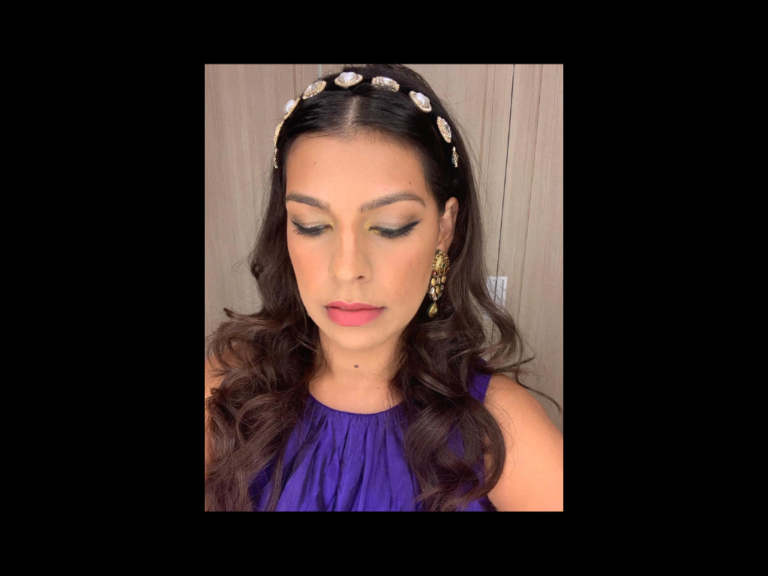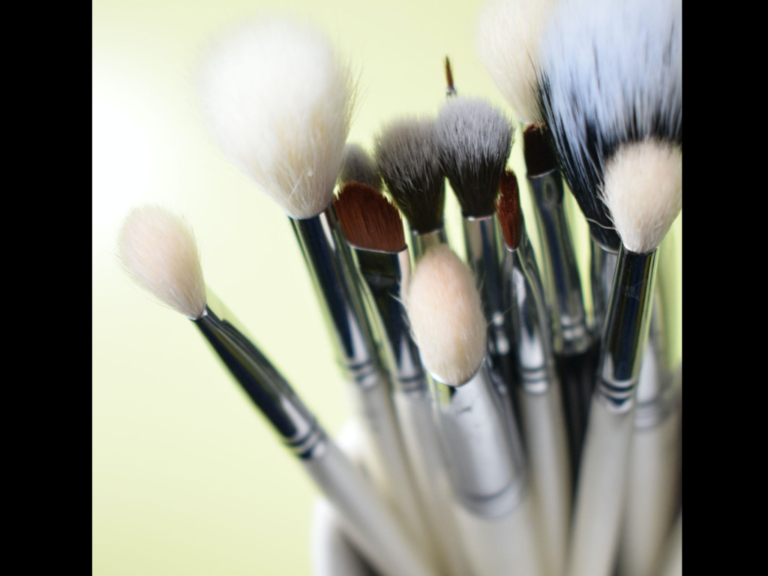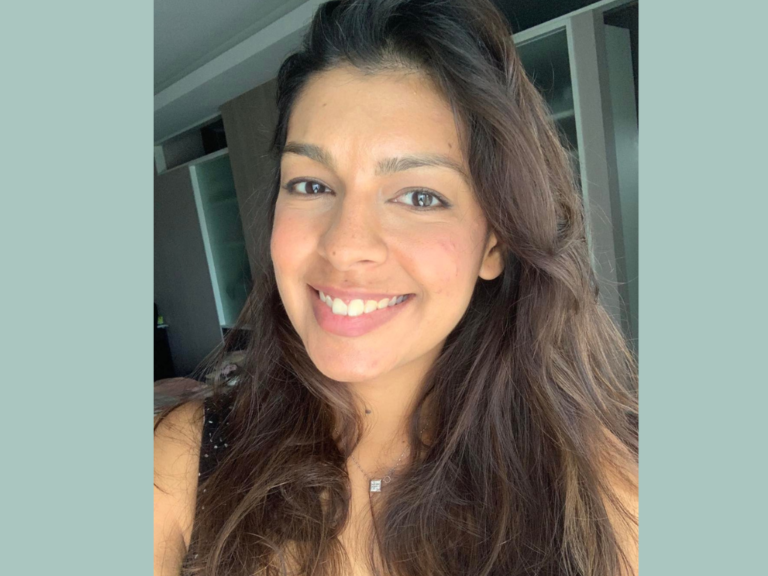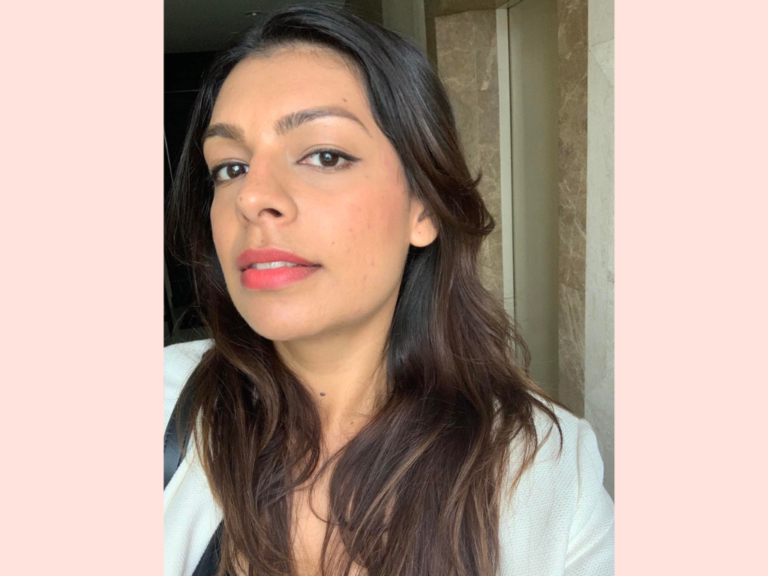Beginner’s Makeup Guide: What’s The Difference Between Bronzing and Contouring And Do You Really Need Two Different Products?
I’m going to try and make this as easy as possible to understand because I don’t want you to be scared to try either makeup technique.
Bronzing is the process of adding warmth to your complexion. Think about this: once you apply foundation, concealer and powder to set your face, your face looks quite flat and one-toned. To get rid of the ‘flat face effect’ (as I like to call it) you have to use bronzer on your cheeks to return some warmth and colour to your complexion, so it looks more natural. ‘
Typically bronzing powders tend to have warm undertones — leaning slightly orange. With a fluffy brush (the same kind used for blush) take bronzer and start in the centre of the cheek and sweep upwards in gentle circular motions on the cheek bone following the natural shape towards your ear. Don’t apply too much product as too much can look muddy on the skin. Take a little and don’t worry about being too precise with the application because bronzer is supposed to look quite diffused and natural.
Contouring is the process of enhancing natural shadows on specific parts of your face to add and create dimension. If you look at yourself in the mirror in natural daylight, then you’ll notice certain parts of your face have shadows such as under the cheekbone, under the jawline, on the sides of your temples, and on the sides of the nose.
Knowing that contouring is the art of recreating natural shadows around the face, contour powders are usually have cool or neutral undertones. The easiest way to tell the difference between a contour and bronzer powder is that contour powder shades tend to lean more greyish brown in the pan while bronzer powder shades are warm chocolatey browns. In general, contour brushes are angled and medium-sized (imagine a blush brush with an angled tip), so that the brush’s angled tip hugs the natural contours of your face such as under the cheekbone / jawline and around the temples and applies the product more effectively. Contouring is an acquired skill but once you figure it out, it’s really easy. The key is to use the right shade of contour powder for your skin tone — it should be 1-2 shades deeper and cool-toned. While bronzer is applied on the cheek bone in sweeping motion, contour powder is applied more precisely (but well blended) in a straight line under the cheek bone from the centre working backwards to the tip of the ear.
Now the million dollar question: do you need a bronzer and a contour powder in your collection?
The simple answer: no. For every day makeup, you can find a neutral-toned bronzer and combine bronzer and contour — bronztour — in one step. My favourite product for doing this is the Benefit Cosmetics Hoola Matte Bronzer. Another alternative is The Balm Cosmetics Bahama Mama Bronzer.
Watch the video below for a full tutorial on the different between bronzing and contouring:




